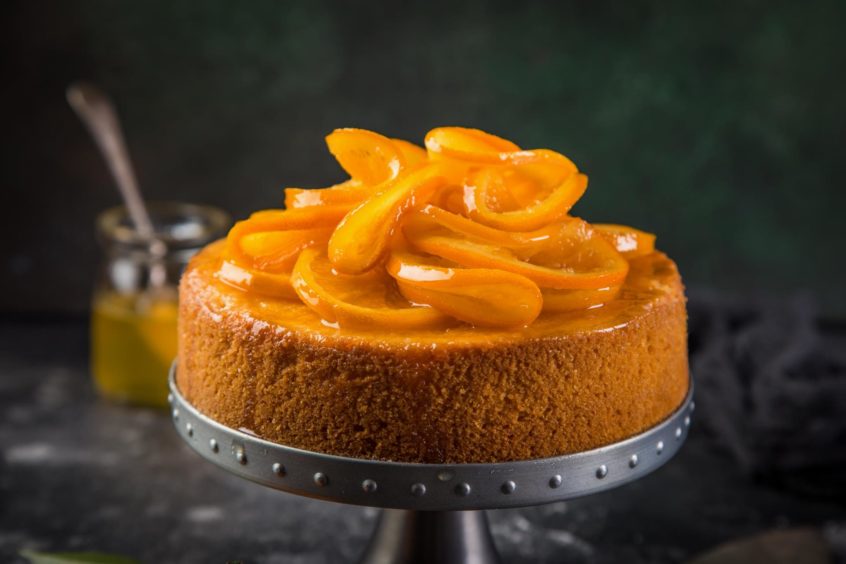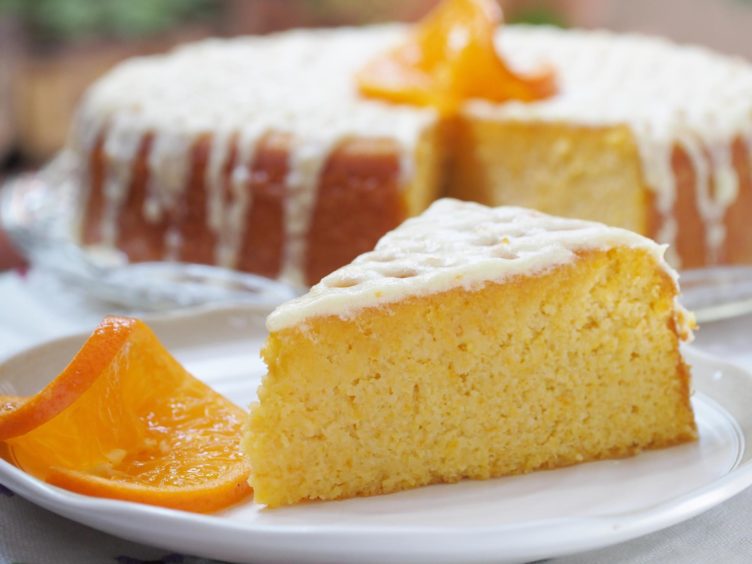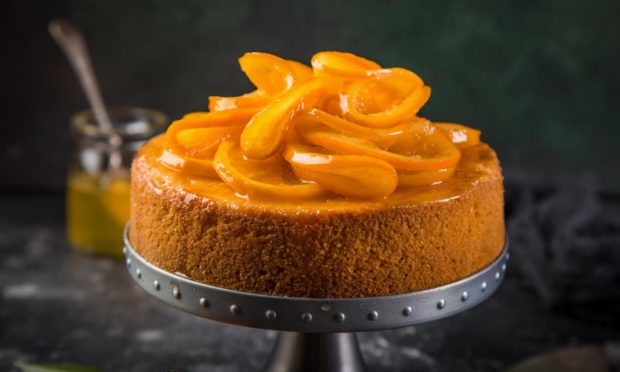Whether it’s sponge cake, mini cakes or layer cakes that tickle your fancy, one of Aunt Kate’s orange recipes is sure to please the tastebuds.
Aunt Kate, the “original domestic goddess” who wrote recipes for readers of the People’s Journal and the People’s Friend from the 1880s to 1960 wasn’t one to shy away from using fruit in her recipes.
In fact, there are several fruits featured throughout her cookery and baking books, such as oranges, which we’ve featured below using three recipes from her 1933 Baking Book.
For more Aunt Kate recipes, take a look at previous weeks here.
Orange sponge cake

Ingredients
- 1 cup (approx 130g) sugar
- 5 tbsp water
- 6 eggs, separated (if possible), or 3 eggs and ½ cup milk
- ½ cup orange juice
- Grated rind of 1 orange
- 1 cup flour
Method
- Boil the sugar and water together until the “soft ball” stage is reached. Dip a skewer into cold water, then into the syrup and back into the cold water. If you can remove it from the skewer and roll it into a soft ball, then it is ready.
- Pour slowly over the beaten egg whites and continue beating until cool.
- Add the orange rind and juice and the beaten egg yolks.
- Fold in the sfited flour (preferably sifted four times).
- Bake in an ungreased tube pan in a slow oven (approx 150-160ºC) for an hour.
Orange cakes

Ingredients
- 2 oranges
- 2 oz (approx 30g) butter
- 4 oz (approx 115g) cornflour
- 2 oz (approx 30g) sugar
- 1 egg
- Milk
Method
- Grate the rind of the oranges an mix with the sugar.
- Add the butter and beat to a cream.
- Beat the egg until frothy and add to the mixture with the strained orange juice, cornflour and a little milk if necessary.
- Half fill some greased patty tins with the mixture and bake in a moderate oven (approx 180-190C) for 15 minutes.
- When cooked, allow then to cool a little, then lift out.
Orange layer cake

Ingredients
- ¼ tsp cream of tartar
- 3 eggs, separated
- 1 cup granulated sugar
- 2 tsp orange rind, grated
- 1/3 cup orange juice
- 1¼ cup flour
- 1½ tsp baking powder
- ¼ tsp salt
Method
- Beat the egg whites and the cream of tartar until stiff.
- Then add the egg yolks, one at a time, beating well before the addition of each.
- Add the sugar gradually, still beating all the time with an egg beater. Remove the egg beater and add the grated rind and orange juice.
- Fold in the flour, baking powder and salt, sifted together.
- Bake in two layer tins in a moderate oven (approx 180-190C) for 18 minutes. When cool, put the layers together with buttercream, then cover well with icing or frosting.
- While the icing is soft, you can decorate with walnuts, pressing them firmly into the icing, or with candied orange pieces.
More in this series…
